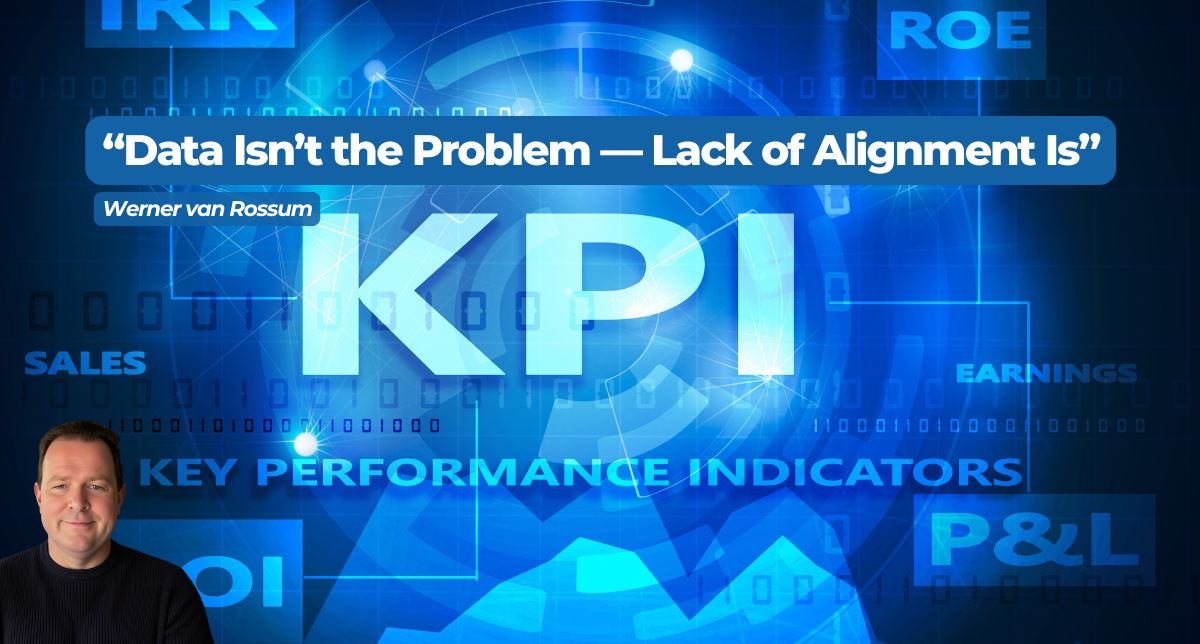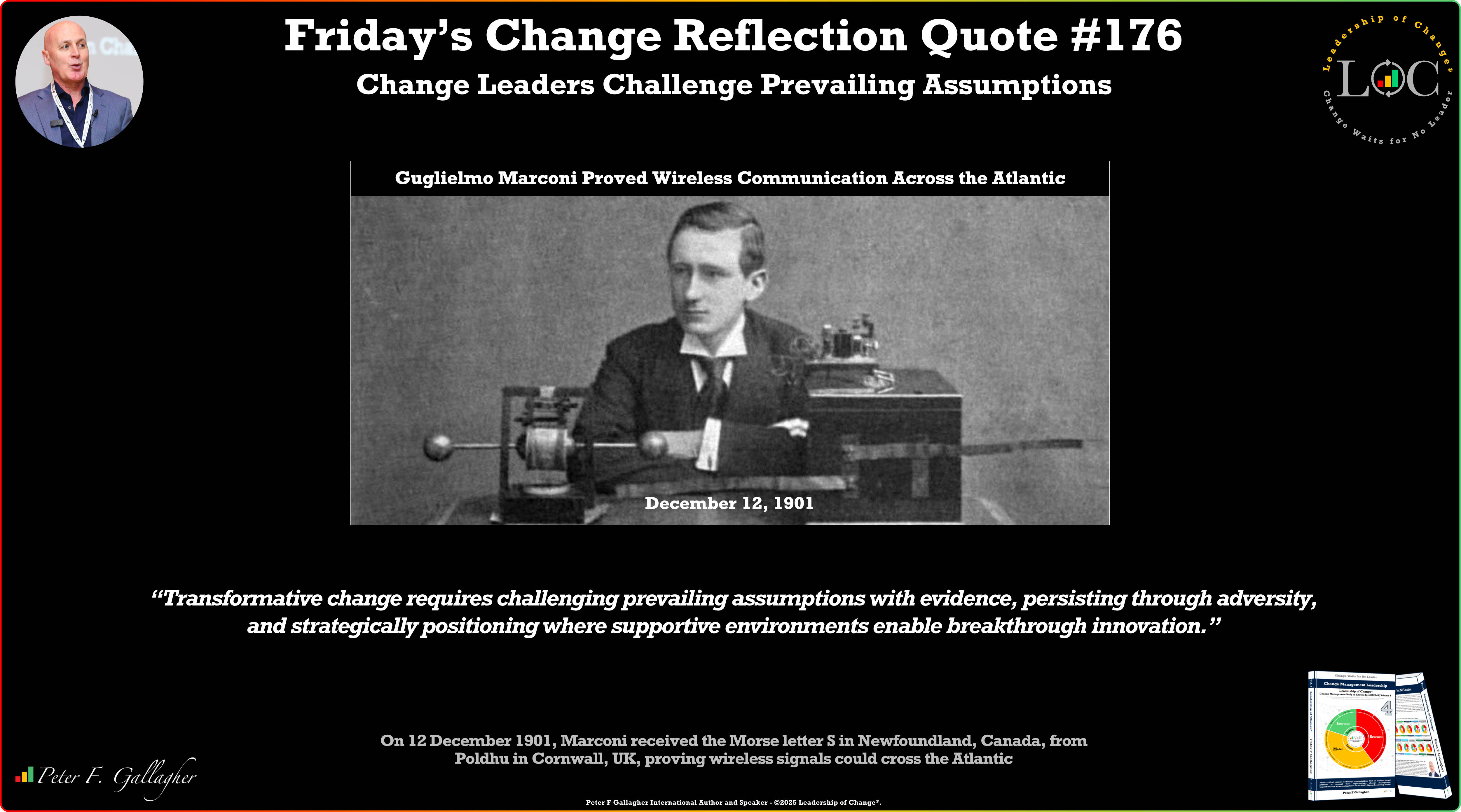 Image by skeeze from Pixabay.
Image by skeeze from Pixabay.
It has been an unprecedented year for corporate America: First the pandemic, next the social justice movement, and finally a 9.5 drop in the U.S Gross Domestic Product in the second quarter of 2020. The first two events have raised costs and lowered profits. This has forced top executives and boards to reevaluate strategic plans and consider changing priorities.
Unfortunately, the push toward embedding ESG metrics in U.S. corporate structures could be one of the initiatives temporarily put on hold. Also known as “sustainability,” the term ESG stands for a loose collection of factors including the environment, social forces, and governance which are believed to lower risk and increase profitability long-term when embedded successfully throughout a corporation.
Despite this widely held belief, U.S. corporations have lagged behind European firms in measuring ESG. According to a survey by the
Global Sustainable Investment Alliance (GSIA), the U.S. had $11.9 trillion in global sustainable assets in 2018, compared to $14 trillion in Europe. In fact, sustainable investing now makes up only about 25 percent of assets under management in the U.S., as reported by the
Forum for Sustainable and Responsible Investment (US SIF).
But the pandemic should not dampen U.S. corporate interest in ESG—for several reasons. One is the attitude of institutional investors. A growing number show a strong commitment to sustainability. Take the case of Larry Fink, chairman and CEO of BlackRock, one of the largest investment firms in the world. “I think sustainability and the pandemic are one in the same,” Fink said in a recent online interview. “Many investors believe sustainability represents investment risk. “ In fact, today ESG criteria have become a major component for four-fifth of global institutional investors, according to the
Global Sustainable Investment Alliance.
At the same time, more and more academic and financial studies are coming out that prove the value of ESG. A good example of this is the Bank of America’s recent study,
Why ESG Matters, which shows a positive correlation between strong sustainability practices and lower risk. It states:
“Based on a detailed analysis of thousands of publicly traded companies, ESG from A to Z: A Global Primer finds that companies with better ESG characteristics performed better financially within the time frames studied while those with poor records posed higher risks for themselves and for investors.”
In addition, the study reports that “In the US, ESG is the best measure we’ve found for signaling future earnings risk, and is superior to leverage or other risk and quality factors.”
Such data strengthens the justification for institutional investors to invest in these top sustainability performers—and for companies themselves to have strong ESG initiatives. Yet obstacles remain, especially for U.S. corporations. For instance, rules and regulations on the environment and social issues frequently change along with the political landscape in the United States.
Secondly, many companies self-report, since no universal accounting standards for ESGs have been developed. That is not for lack of trying. A number of organizations have developed systems from the
The Sustainability Accounting Standards Board (SASB) to the United Nations with its
UN Sustainability Development Goals. Yet, because of industry differences, and the fact that the sustainability umbrella ties together a number of seemingly unrelated factors, none of these measurement systems has been widely accepted. Even the
World Economic Forum (WEF) has tried, but not yet come up with metrics which satisfy all its criteria. “What we are seeking is a general framework for companies to demonstrate their long-term sustainability,” the WEF says in its January 2020
Toward Common Metrics report. “[It would be] a framework that integrates financial metrics along with relevant non-financial criteria such as ESG considerations, gender equality, compensation practices, supply chain management and other activities.”
With the global impetus toward ESG measurement so strong, it would be a mistake for U.S. corporations to pull back in this area right now. In fact, the global pandemic should make U.S. companies go in the opposite direction—either improve their existing ESG metrics, or, if they have none, assess where they stand in terms of ESG factors.
This assessment should start by conducting an internal analysis of the four pillars described in the WEF
Toward Common Metrics report: government, planet, people, and prosperity. Next, goals must be set for each pillar and the barriers which stop companies from reaching them identified. Third comes the creation of metrics for each pillar. At that point, ownership of the initiative should be taken on by either a top executive and or a completely new board committee. It is essential that the company’s ESG initiative stands on its own and not be seen as a side issue swept into existing board committees.
The pandemic has shown the world the power of unanticipated events. At the same time, analytic data has revealed that one of the best ways to plan for these risks, and lessen their impact, is to have a system of ESG metrics in place for early identification of when such changes are most likely to occur. Most foreseeable—and even unforeseeable events— fall under the sustainability umbrella of ESG--environmental, social and/or governance factors—since it is so broad.
Given this growing evidence, perhaps the pandemic should be seen as a wake-up call for companies, rather than a major unexpected, one-time disruption. With a strong ESG initiative in place, corporations can reduce the financial impact of these factors, while at the same time ensuring long-term profitability. If companies and their executives know and understand this, they will realize that the time to act on ESG is now!
###
By Helen Yu
Keywords: Sustainability, Climate Change, COVID19

 Data Isn’t the Problem. Alignment Is.
Data Isn’t the Problem. Alignment Is. Friday’s Change Reflection Quote - Leadership of Change - Change Leaders Challenge Prevailing Assumptions
Friday’s Change Reflection Quote - Leadership of Change - Change Leaders Challenge Prevailing Assumptions The Corix Partners Friday Reading List - December 12, 2025
The Corix Partners Friday Reading List - December 12, 2025 Measuring the True ROI of Automated Claims Processes: Beyond Speed and Cost
Measuring the True ROI of Automated Claims Processes: Beyond Speed and Cost The New Silicon Frontier: Specialization and the Diverse Landscape of AI Chips
The New Silicon Frontier: Specialization and the Diverse Landscape of AI Chips